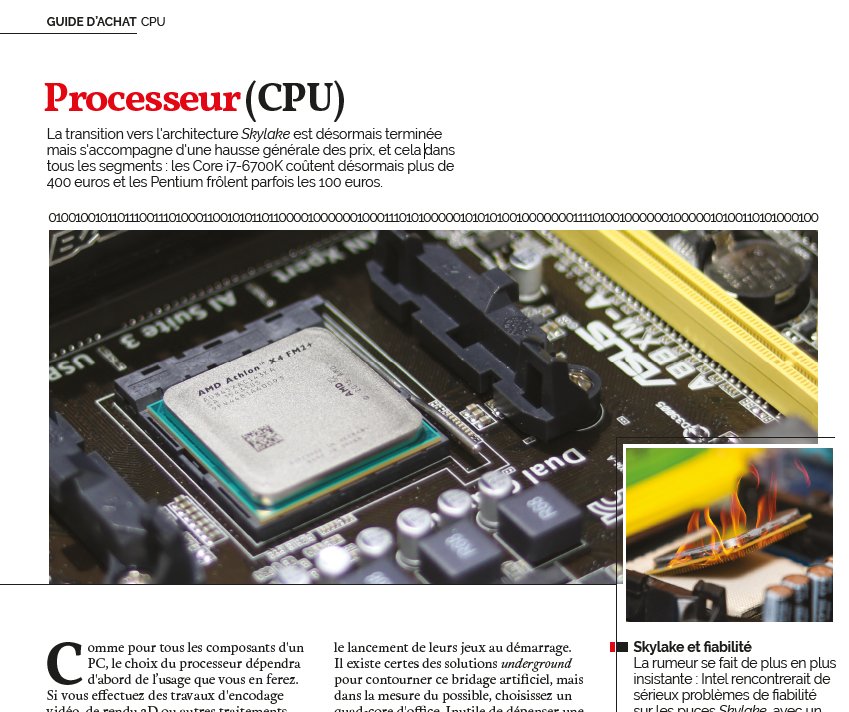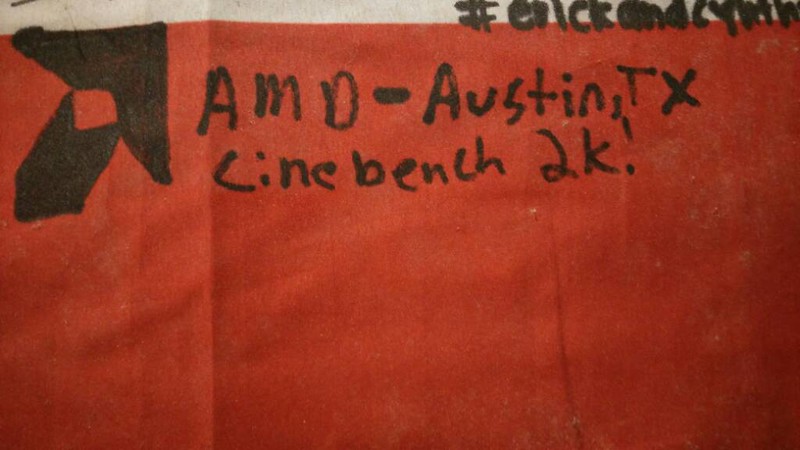itsmydamnation
Diamond Member
- Feb 6, 2011
- 3,065
- 3,882
- 136
the difference covered here https://en.wikipedia.org/wiki/MESIF_protocolGreat information. I remember reading about MESI years back but I haven't really kept up with cache coherency and multicore. So the L3 only holds the tags, and can act almost like a pointer to the valid data? Makes sense. Also they are all write back this time, where BD had a write through L1. I didn't understand why they did that. I didn't think there was much reason to use write through cache these days (simplicity?).
This leads me to a further question; Are both MOESI and MESIF two different ways of accomplishing the same thing?
as to BD cache design, god knows what went on there.






